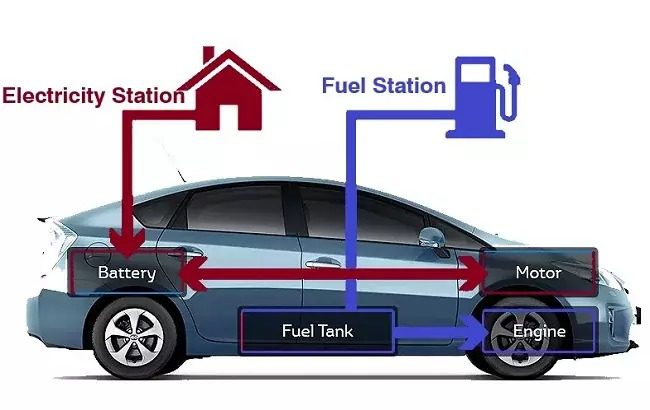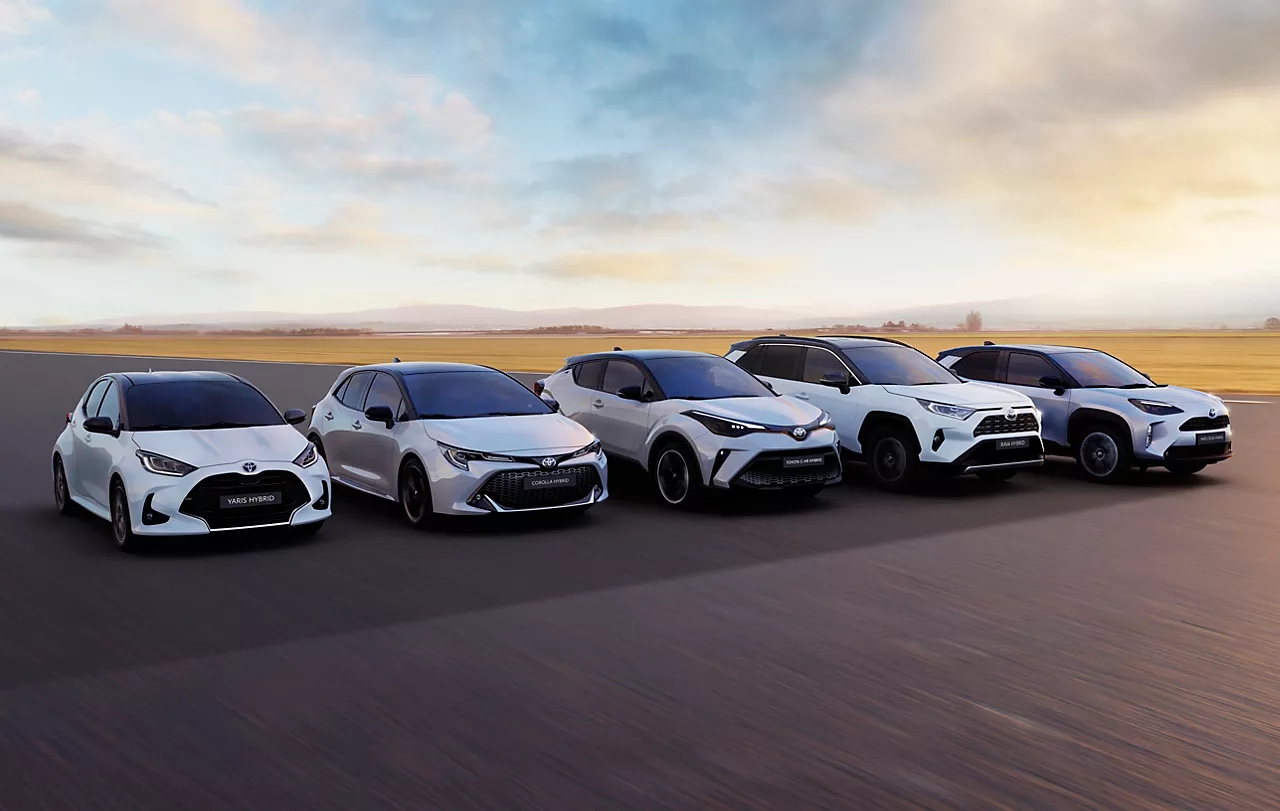Full Hybrid, mild hybrid, electric, Plug-In Hybrid cars. The terms describing the powertrains of electric and hybrid cars continue to increase; it is good to inquire to fully understand what these terms mean, in order to then decide how to choose.
In recent years we are experiencing a period of transition, in which many have long since called the electric revolution. Changing doesn't necessarily mean changing your habits completely and you don't need to be too afraid of change. What is certain is that the ways in which they are defined and described electric and hybrid engines do not help in this sense, also because the terms used are not only difficult to understand, but increase over the years. If we add then the abbreviations, PHEV, MHEV, HEV or BEV, the situation becomes even more complex.
What is an electric car
An electric car, properly so called, only has an electric drive motor. It therefore has no internal combustion engine or other engine and its engine is battery powered. For example, Toyota electric cars are correctly indicated with the abbreviation BEV. BEV? An acronym that in Italian means battery electric vehicles. If you want to use an electric car it is important to remember that the battery will have to be recharged at the special columns, which however are spreading more and more throughout Italy and are already available in large quantities throughout Europe. An electric motor allows you to limit toxic emissions and exhaust fumes as much as possible, which are substantially absent. If it is associated with electricity produced from renewable sources, its environmental impact is further reduced. We remind you that over the years the companies that produce BEV electric cars are proposing an increasing number of models, as well as batteries that allow you to travel a few hundred km, sometimes more than 500. For many users, they are therefore an optimal solution in the daily use. It is for you?

What is a hybrid car
Here the matter gets a little more complicated. Especially because today there are many car companies that offer hybrid cars. Often the characteristics between one model and another differ substantially. let's start with Full Hybrids and PHEV hybrids. Hybrid cars have two engines: one electric and the other traditional, combustion; the latter therefore requires fuel to function, which can be petrol or diesel, with a certain propensity for the former in the vehicles available today. An MHEV car, also known as a mild hybrid, has an underpowered electric motor, which in fact constantly helps the combustion engine while driving. However, it is unable to move the car by itself, so an MHEV car has slightly lower emissions than a model with a combustion engine only, because it actually consumes slightly less fuel. The Full Hybrid, HEV cars, on the other hand, have a more performing electric motor, which is able to move the car even without the "help" of the combustion one. In fact, therefore, it consumes much less fuel than a traditional car and emits fewer harmful fumes. With these cars you can also travel with just the electric motor, with no emissions whatsoever. Both types of hybrid cars just mentioned recharge the electric motor with the energy produced during braking, deceleration and cannot be recharged in any other way.
Plug-in cars
In fact, Plug-in cars have been on the market for many years, but only recently has it been talked about profusely. This is because when very few hybrid models were available on the market, meaning the term in a general sense, most consumers did not know the differences between one type and another. The Plug-in Hybrid engine, or PHEV using the acronyms, it includes both an electric motor which is capable of moving the car alone for a few tens of kilometres, and a classic combustion engine. The battery is recharged as for the BEV, the full electric. Plug-in cars can be connected to the charging stations in the city, or to those that can be installed at home. In addition to this battery, which usually allows you to make the commute from home to work completely electric with zero emissions, there is also a traditional engine, which usually runs on petrol and which guarantees further autonomy during travel. This type of solution is particularly practical for those who often find themselves traveling very long distances unexpectedly. Or even families who own a single vehicle and want to use it both for daily trips and for Sunday outings or summer holidays. Much then depends on everyone's habits, in fact the other types of engines illustrated above are also perfect for this use.


